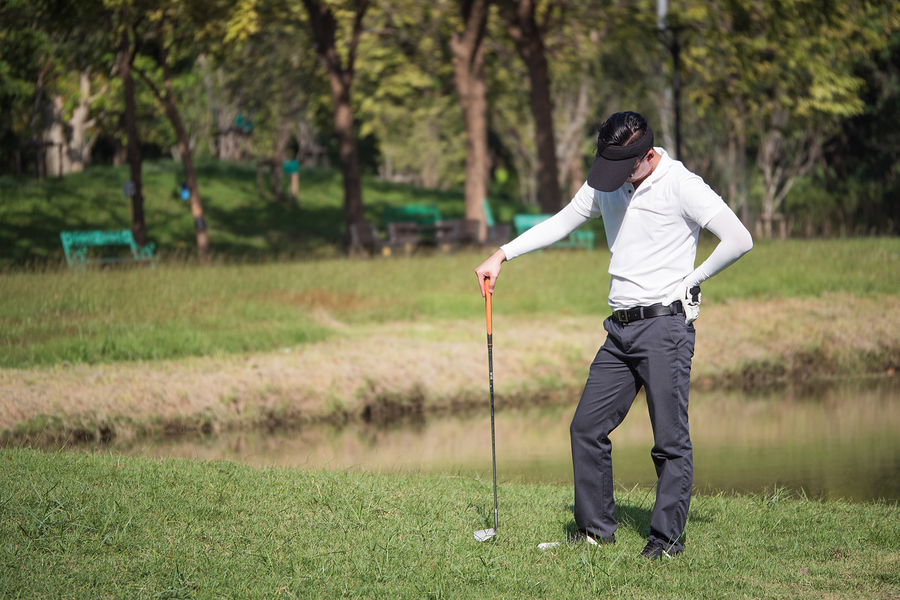
04 Mar Spring Dead Spot Frustration
 There are plenty of frustrating moments on the golf course. For players, when a drive lands in a water hazard, a green is misread, or a heavy rainstorm hits in the middle of a great round can all send them over the edge. For golf course supers, when equipment breaks down right before a major tournament, a greens committee micromanages your work, or turf that just won’t cooperate are examples of the frustration we face every day. Like everything in life, some things are out of a manager’s control and it comes with the job. But other problems, like spring dead spot popping up, are manageable.
There are plenty of frustrating moments on the golf course. For players, when a drive lands in a water hazard, a green is misread, or a heavy rainstorm hits in the middle of a great round can all send them over the edge. For golf course supers, when equipment breaks down right before a major tournament, a greens committee micromanages your work, or turf that just won’t cooperate are examples of the frustration we face every day. Like everything in life, some things are out of a manager’s control and it comes with the job. But other problems, like spring dead spot popping up, are manageable.
Don’t get me wrong: It’s terrible to discover after the snow has melted and the cold is gone that your course is spotted with dead patches. This is what we call spring dead spot (SDS). It is most commonly found in common and hybrid Bermudagrass that faces periods of cold temperatures. But if you follow proper management practices, this disease doesn’t have to be a source of frustration.
Diagnosing the Problem
Before you do anything, it’s important to properly diagnose the problem. Spring dead spot will have dead patches, brown in color, from 6 to 18 inches in size, sometimes even several feet in diameter, and they appear generally at the start of spring. However, this infection most likely started back in summer or fall. As your Bermudagrass goes into dormancy for the winter, it’s weakened, so when the cold comes, it’s killed easily. Obviously, it’s a more common problem for supers that face harsh winters, than for those down south.
Beyond the grass itself and the environment, pathogens are also a factor that play into SDS. When Bermudagrass exists in an environment where the temperatures hit winter cold, the pathogen that causes SDS weakens the grass structure, reducing the grass’ hardiness in winter, resulting in a loss of turf come springtime.
Don’t Get Mad, Get Rid of It!
So what’s a manager to do? Once you see a dull patch, applying a fungicide immediately can help. The problem is most likely to reoccur next year if not managed properly. It typically involves multiple applications. It can be costly, and requires A LOT of patience, but it’s the only way to stop it.
However, to be honest, fall is the best time for prevention. At that time, you should be monitoring soil temperatures and applying preventive SDS fungicides. But you need to make sure the soil is at the proper temperature before applying the fungicides, and it typically requires multiple applications applied at regular intervals, each application followed immediately by an optimal amount of irrigation.
Start, however, with diagnosing it properly. You don’t want to waste money on expensive fungicides if you don’t have to. We can help with proactive growth monitoring, management of your levels, moisture and general turf health! As a Brookside Labs partner, we can assess your course conditions, including SDS areas, conduct testing and prescribe the ideal treatment.


